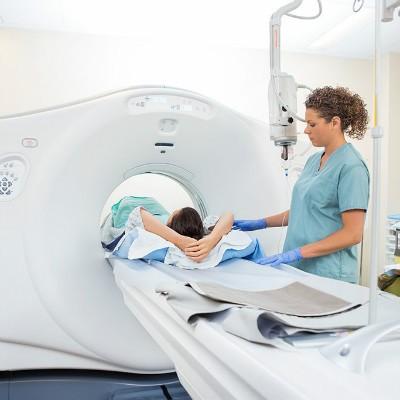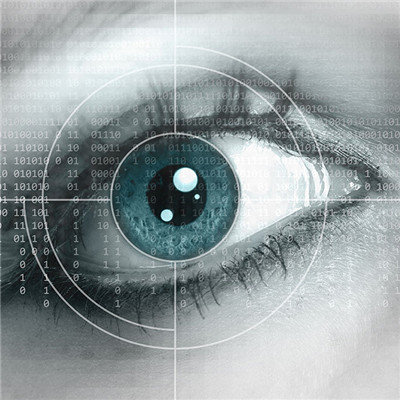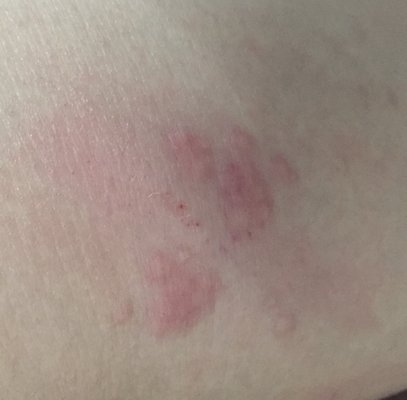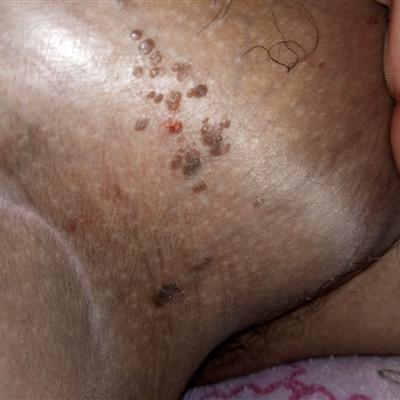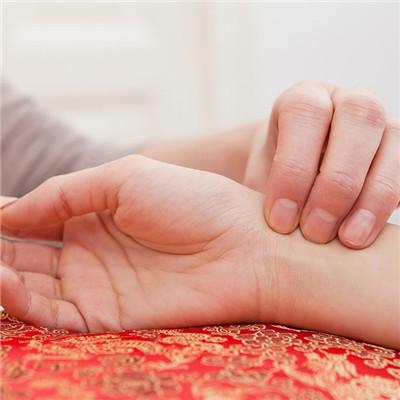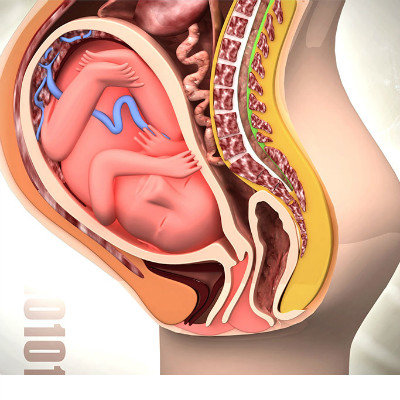Psychophobia symptoms?
summary
It is also called place phobia, wilderness phobia and seclusion phobia. Is the most common phobia, accounting for about 60%. The most common onset was around 25 years old, and another peak was around 35 years old, with more females than males. It is mainly manifested in the fear of some specific environment, such as square, closed environment and crowded public places. Patients are afraid to leave home or be alone, and they are afraid to enter stores, theatres, stations or take public transportation. Because patients are afraid of fear in these places, they can not get help and can not escape, so they avoid these environments, and even dare not go out at all. The degree of anxiety and avoidance behavior can be very different. Fear attacks are often accompanied by depression, compulsion, social anxiety, depersonalization and other symptoms.
Psychophobia symptoms?
Social phobia: also known as social anxiety disorder (social anxiety disorder), SAD, most of the cases occurred at the age of 17-30, and the incidence rate of male and female is almost the same. The central symptom is the fear of being examined by others in a small group. Once they find that others pay attention to themselves, they are unnatural. They dare not look up, dare not look at each other, even feel embarrassed, dare not speak in public, dare not sit in front of an assembly, and avoid socializing. In extreme cases, they can lead to social isolation. The common objects of fear are heterosexual, severe superiors, parents of fiance (wife), or acquaintances. It may be accompanied by low self-evaluation and fear of criticism. It may have symptoms such as blushing, shaking hands, nausea or urgency of urination. The symptoms may develop to the degree of panic attack. Clinical manifestations can be isolated and limited to eating in public, speaking in public, or meeting the opposite sex, or can be generalized to all situations outside the family. Some patients may be accompanied by prominent fear and depression; Some patients may use substance abuse to relieve anxiety and eventually lead to substance dependence, especially alcohol dependence.
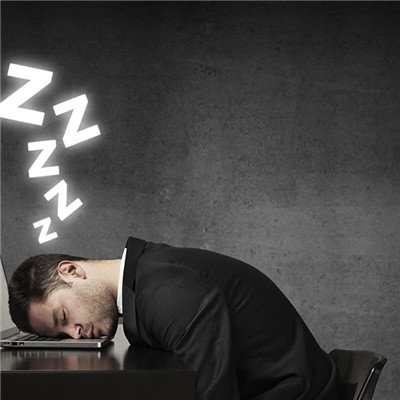
Specific phobia: Patients' fear is limited to specific situations, such as fear of approaching specific animals, fear of heights, thunder, darkness, flying, enclosed space, defecating in the toilet, eating something, dental treatment, witnessing bleeding or trauma, fear of contacting specific diseases, and specific situations that promote panic. Specific fears generally occur in childhood or early adulthood and can last for decades without treatment. Fear of fear situation generally does not fluctuate, and the degree of functional disability depends on the difficulty of avoiding fear situation. Sexually transmitted diseases, especially AIDS, are the common objects of fear of diseases. The fear of blood trauma is different from other fears in that it causes a slow heartbeat and sometimes syncope rather than tachycardia.

What are the psychotherapy methods of phobia? Specifically, cognitive therapy is used more in the treatment of phobia. The so-called cognitive therapy is to disrupt the patients' stereotyped understanding of phobia and reestablish their understanding of phobia (from a positive level). This article will discuss and analyze "cognitive therapy" of "psychotherapy of phobia".

matters needing attention
The clients who can benefit most from psychotherapy are those who have better self-awareness, stable personality, good perception and acceptance ability. In fact, such a definition is of little significance, because visitors generally do not have such characteristics. Otherwise, they can completely solve their own problems through self-regulation, or even help others to solve their problems. It means that the one who is most likely to obtain treatment effect is a doctor - the requirements are too high.
